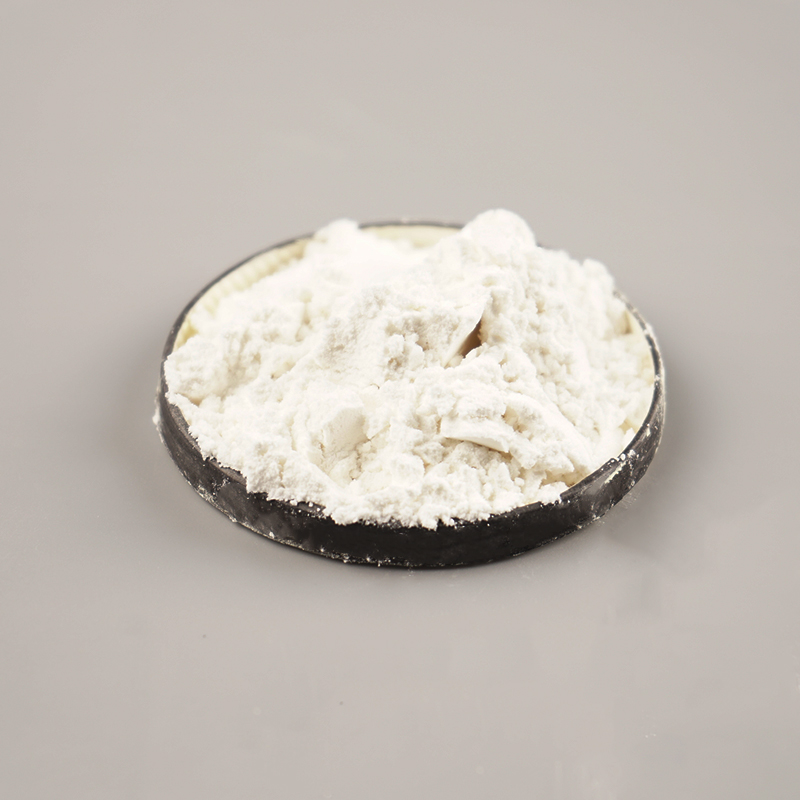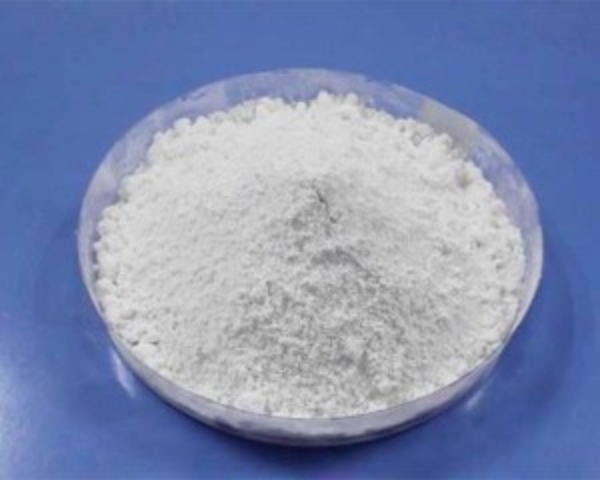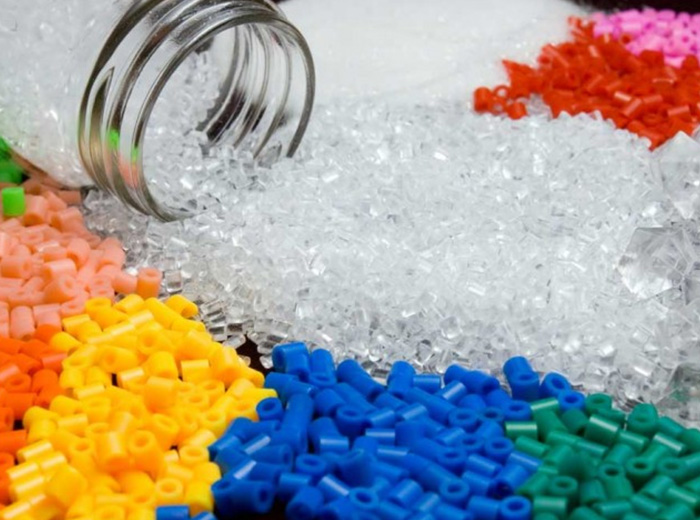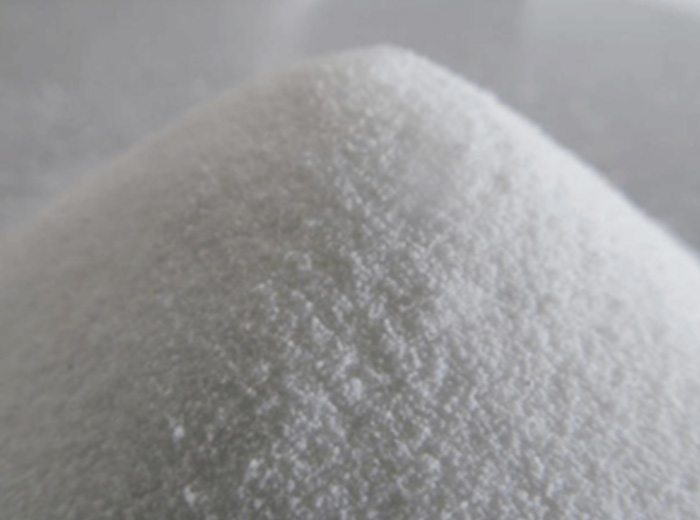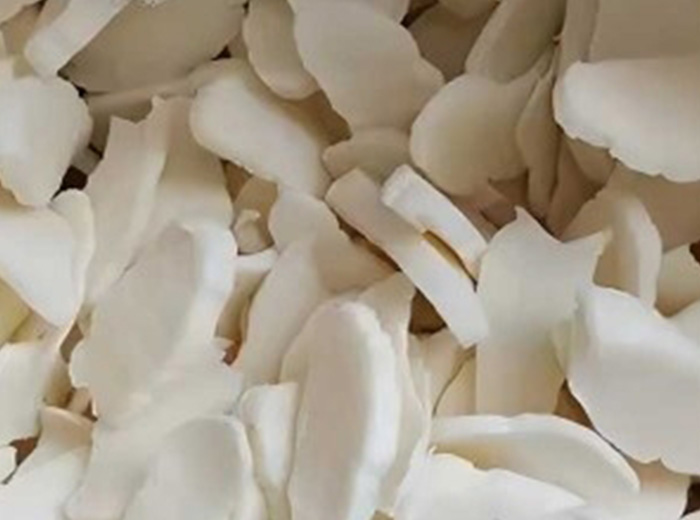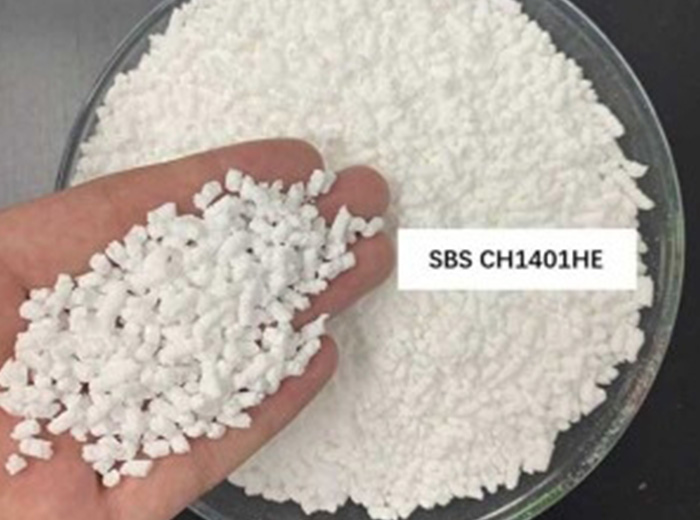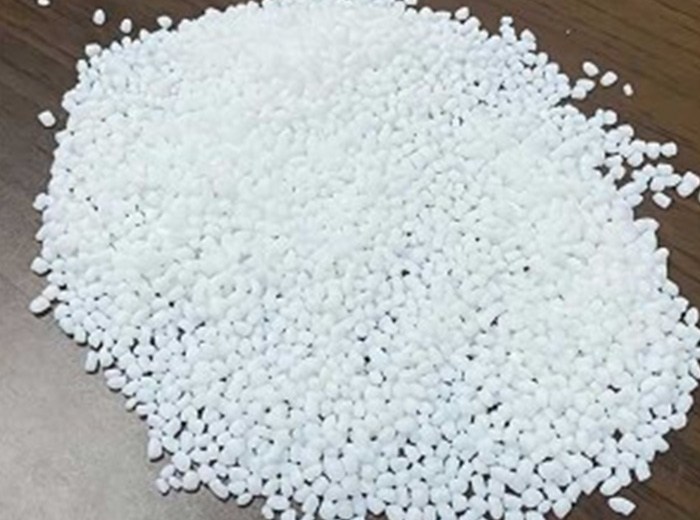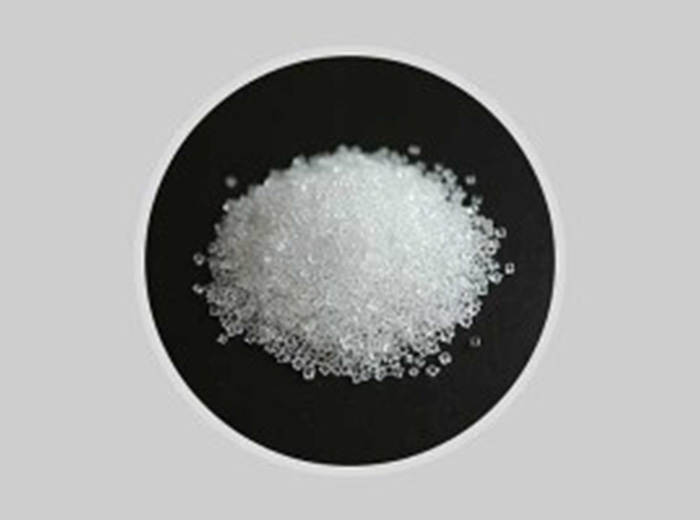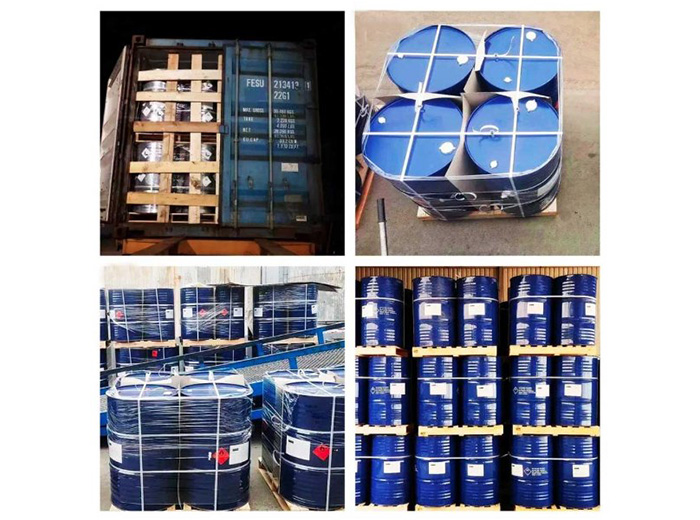Characteritics:
- Mechanical Property Preservation: These additives typically do not compromise the mechanical properties of the final rubber product, ensuring that the material retains its intended strength, elasticity, and other essential characteristics.
- Flow Enhancement: Rubber Antiscorching Agent improve the flow properties of the rubber compound, facilitating smoother processing during shaping and molding stages.
- Rheological Testing: The effectiveness of these agents is often assessed through rheological tests, which analyze the viscosity and flow behavior of the rubber compound at various temperatures and shear rates.
- Optimization: Manufacturers carefully optimize the concentration of antiscorching agents to strike a balance between preventing scorching and ensuring efficient vulcanization, contributing to the production of high-quality rubber products.
- Process Control: By preventing premature vulcanization, these agents enable precise control over the rubber processing stages, allowing for efficient shaping and molding without compromising product quality.
What is Rubber Antiscorching Agent
Rubber Antiscorching Agent, commonly referred to as scorch retarders or pre-cure inhibitors, play a crucial role in the rubber industry by preventing premature vulcanization or scorching during processing. Premature vulcanization can occur when rubber compounds start to cure too early, impeding the shaping, molding, and processing stages, ultimately compromising the final product’s quality. These agents are particularly essential in high-temperature processing environments.
These additives function by inhibiting the activity of accelerators in the rubber compound, which are responsible for promoting vulcanization. By delaying the activation of accelerators, antiscorching agents provide manufacturers with greater control over the processing time, enabling efficient shaping and molding.
Characteritics:
- Mechanical Property Preservation: These additives typically do not compromise the mechanical properties of the final rubber product, ensuring that the material retains its intended strength, elasticity, and other essential characteristics.
- Flow Enhancement: Rubber Antiscorching Agent improve the flow properties of the rubber compound, facilitating smoother processing during shaping and molding stages.
- Rheological Testing: The effectiveness of these agents is often assessed through rheological tests, which analyze the viscosity and flow behavior of the rubber compound at various temperatures and shear rates.
- Optimization: Manufacturers carefully optimize the concentration of antiscorching agents to strike a balance between preventing scorching and ensuring efficient vulcanization, contributing to the production of high-quality rubber products.
- Process Control: By preventing premature vulcanization, these agents enable precise control over the rubber processing stages, allowing for efficient shaping and molding without compromising product quality.
The anti-scorching agent CTP presents as white or yellow crystals, readily soluble in acetone, benzene, toluene, ethyl ether, and ethyl acetate, along with warm carbon tetrachloride, ethyl alcohol, and heptane. It exhibits slight solubility in gasoline but remains insoluble in kerosene and water.

